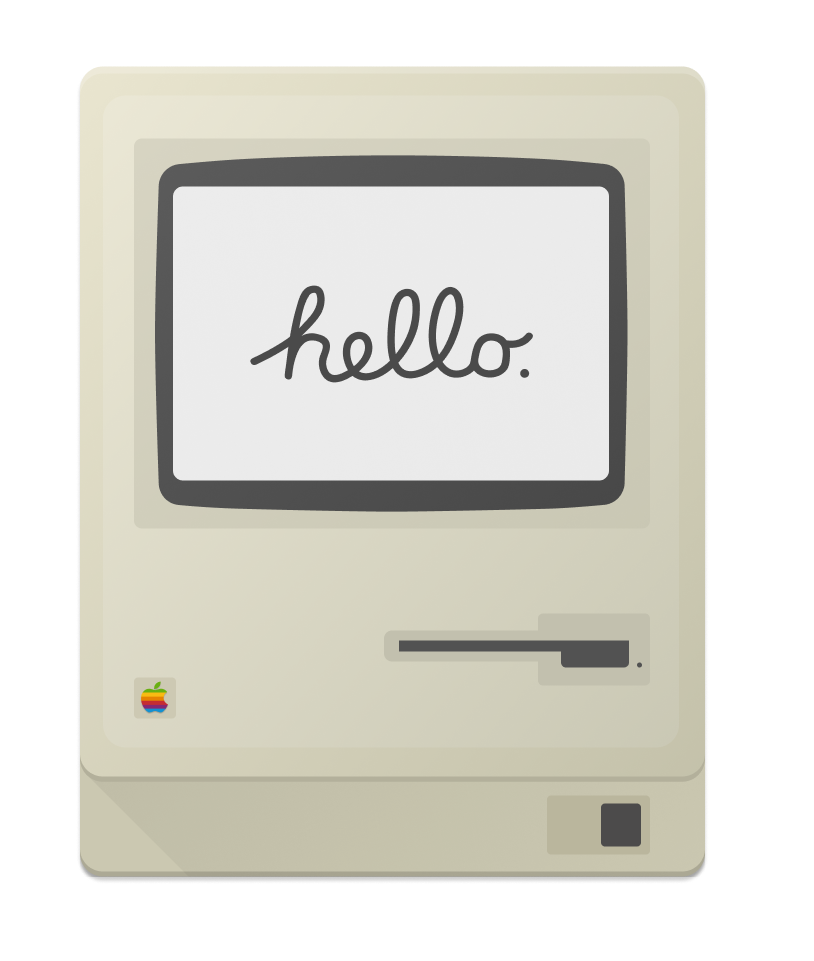
runs-on: mac
One Line. Infinite Freedom.
name: Build iOS App
on:
push:
branches: [main]
jobs:
build:
runs-on: namespace-profile-default-arm64
steps:
- name: Checkout code
uses: actions/checkout@v4
- name: Build with Xcode
run: xcodebuild build -scheme MyApp -configuration Release"A word on step marketplaces: embrace environment-agnostic tooling over reusable steps whenever possible. But should you need them, know that GitHub's ecosystem will always outpace other platforms. Why? The marketplace is tied to developers' GitHub profiles—their professional identity, their CV, their reputation. This creates a powerful incentive to build, maintain, and polish. It's not altruism; it's self-interest aligned with the commons."
Mac Runner Providers
 Namespace.so
Namespace.so
Purpose-built infrastructure for build and test workloads with native Apple Silicon support (M4 Pro and M2 Pro). Offers a programmatic API, remote SSH/VNC debugging, built-in observability, and SOC 2 Type II compliance. Flat-rate pricing based on concurrent jobs with unlimited minutes.
 Cirrus Runners
Cirrus Runners
Managed large runners featuring macOS M4 Pro with proprietary virtualization technology. Fixed monthly pricing with unlimited minutes and limited concurrency.
 WarpBuild
WarpBuild
High-performance runners supporting Linux, Windows, and macOS (M2 Pro). Offers 50-90% cost savings compared to official runners with 25-70% reduction in build times. Features 150GB disk storage, unlimited fast caches, and live SSH debugging. Available as managed service or self-hosted.
 Blaze
Blaze
High-performance runners with Apple Silicon, Linux ARM64, and x64 support. Fixed monthly pricing at $149 with unlimited usage. Claims up to 3x faster performance than GitHub runners with comprehensive monitoring dashboard and analytics. Reports average 47% reduction in build times.
 Depot
Depot
Supports macOS M2 builds with per-second billing and unlimited cache storage. Half the price of hosted GitHub runners with fast container builds and remote debugging capabilities.
 MacStadium
MacStadium
Infrastructure provider offering both dynamic ephemeral runners and static runners with Orka virtualization. Provides Mac hardware rental starting at $199/month for M4 Mac mini with automatic scaling based on CI demand.
References & Further Reading
- Continuous Integration by Martin Fowler - The foundational article on CI practices
- Trunk Based Development - Comprehensive guide to trunk-based development practices
- DORA Research on Continuous Integration - Research showing trunk-based development's correlation with elite performance
- GitHub Launches Actions (October 2018) - TechCrunch announcement of GitHub Actions
- History of GitLab - GitLab's journey from 2011, including CI introduction in November 2012
- BuddyBuild Joins Apple (2018) - The announcement of BuddyBuild's acquisition
- Managing 200 Mac Minis at Agoda - Real-world challenges of Mac infrastructure at scale
- GitHub Self-Hosted Runners Documentation - Guide to decoupling CI from specific providers
- Awesome GitHub Actions Runners - Comprehensive list of third-party runner providers showing the vibrant ecosystem
- Why is Mobile CI/CD So Difficult? - Challenges of mobile build infrastructure including iOS Mac hardware requirements
- CI/CD Requirements for Mobile Applications - Platform-specific complexity and infrastructure challenges for iOS and Android
- Unbundling the Corporation - Harvard Business Review article on how vertically integrated companies break apart into horizontally integrated specialists
- GitHub Actions CPU Performance Benchmark - Independent performance comparisons of third-party runner providers using Passmark benchmarking tool
- AI Agents for Coding - The rise of agentic coding tools and their infrastructure needs